(144040 products available)
















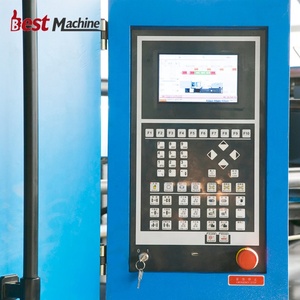












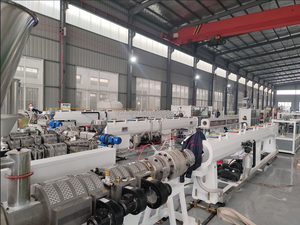


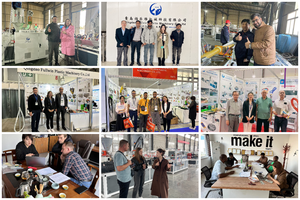





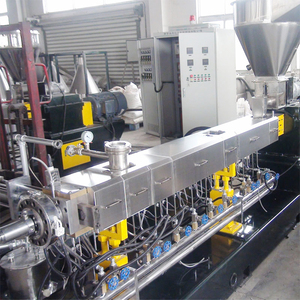




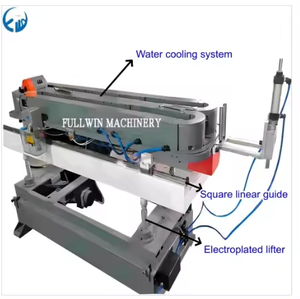





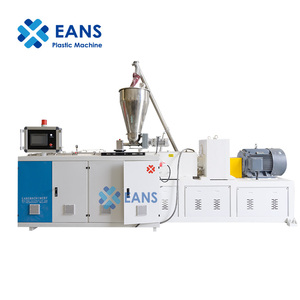


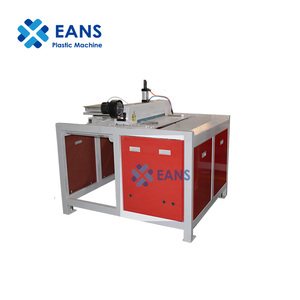





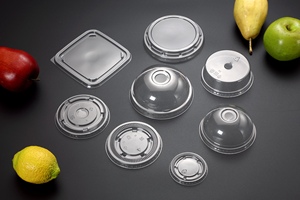




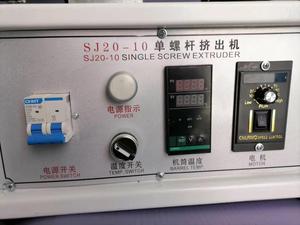
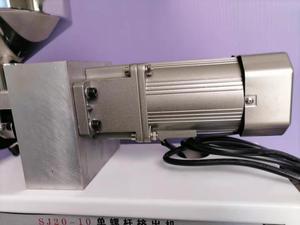


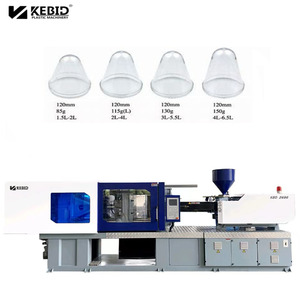







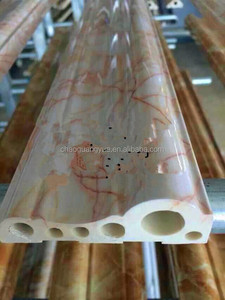

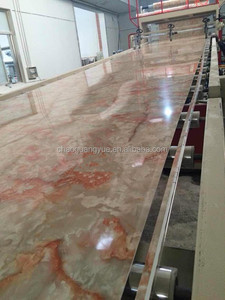








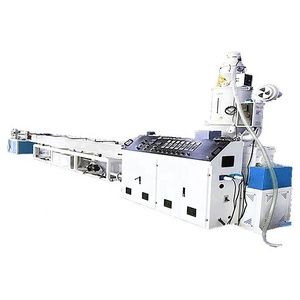
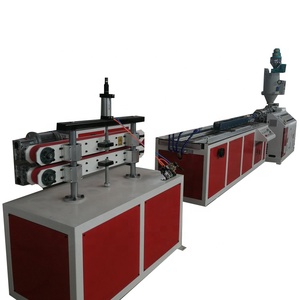

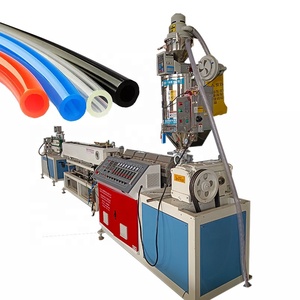
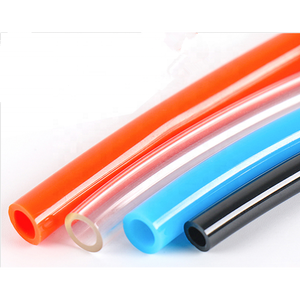



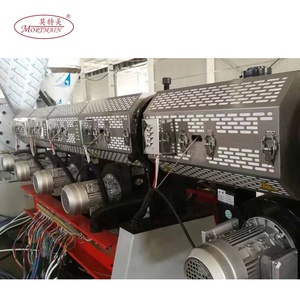
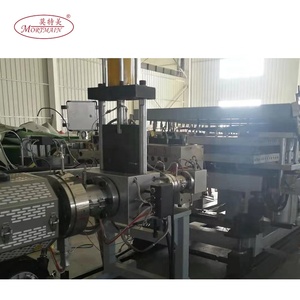
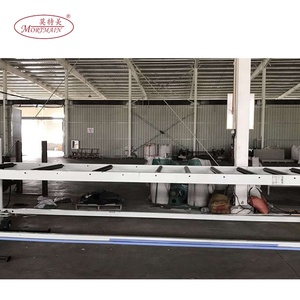

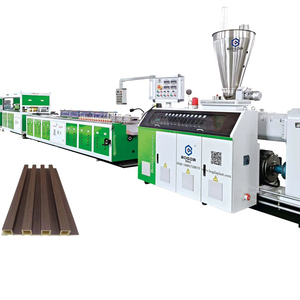








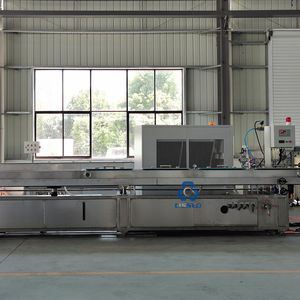





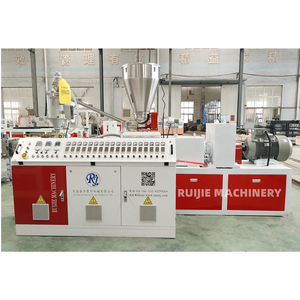



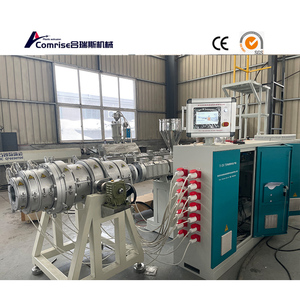
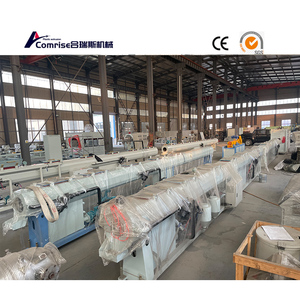

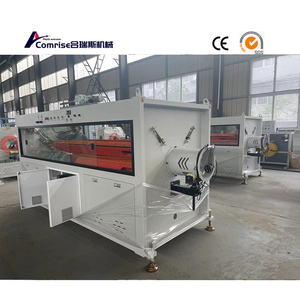



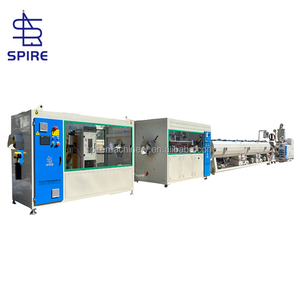
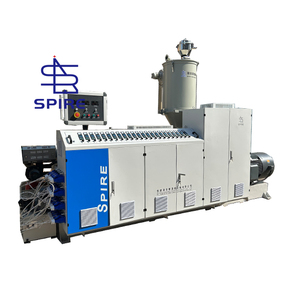






















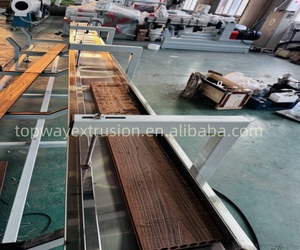








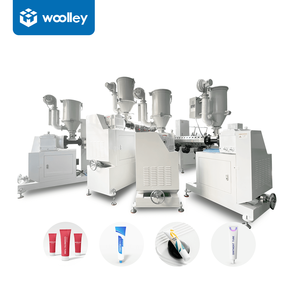


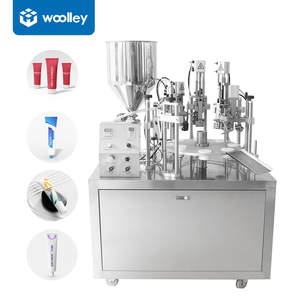


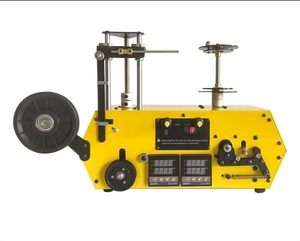


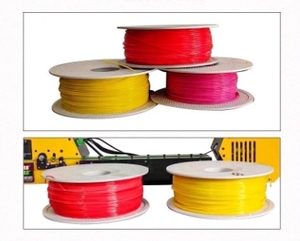
















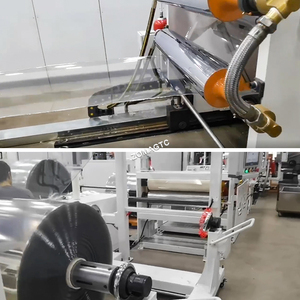











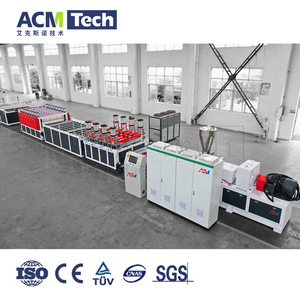
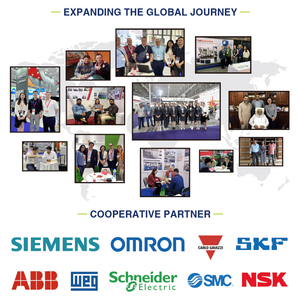












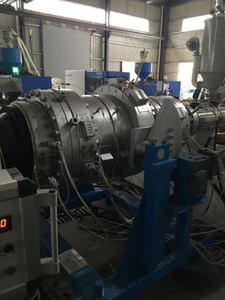







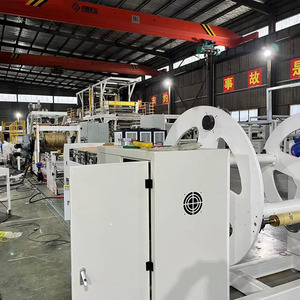




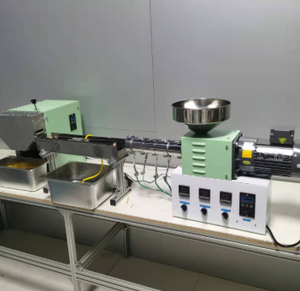
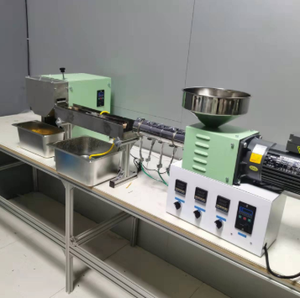





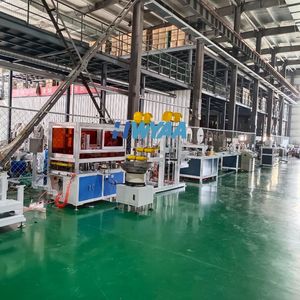




Plastic manufacture production lines refer to a set of processes used to manufacture various plastic products from raw materials. Different types of Plastic production lines exist according to the plastic material, product shape, and production method. Buying plastics production lines requires knowledge of the distinct production methods they use to create specific plastic products.
Injection Molding Production Lines
Injection molding production lines are the most widely used plastic production lines. They inject melted plastic into molds to create products. The injection molding machine is the central piece of equipment, which is often combined with mold design and auxiliary equipment to form a complete production line.
Blow Molding Production Lines
Blow molding production lines are specifically for manufacturing hollow plastic products via the blow molding method. Their core equipment is blow molding machines, such as extrusion-blown dual-purpose machines, which are suitable for producing bottles, barrels, and other hollow plastic products.
Extrusion Production Lines
Plastic extrusion production lines are formed by multiple sets of auxiliary equipment and specialization. Single screw extrusion machines for plastic raw materials as well as other deep-processing devices are typical examples. Plastic melting and shaping are achieved through high-temperature and high-pressure extrusion.
Rotational Molding Production Lines
Rotational molding production lines are the only ways to manufacture plastic products through the rotational molding process. Such materials include ABS, PP, and PE. Rotational molding production lines are made up of an oven, a mold holder, and a cooling chamber. The available product types are also limited, like tanks, technical parts, or containers with an assembled piece.
The main uses of plastic production lines are to produce plastic products used in different industries. Below are some examples of how each pieces of equipment in the plastic production line is used to create end products that are used in various sectors.
Extruder machines:
Granules of plastic are melted and stretched into fibers by the screw in the extruder. The temperature and pressure inside the extruder are controlled to ensure the plastic melts properly and takes the needed shape as it comes out of the die.
Blow molding machines:
Liquid plastic is pumped into a mold to create hollow products. The way air is blown into the mold shapes the plastic into the desired form. Plastic containers, bottles, and toys are made using this method.
Injection molding machine:
Solid plastic is melted and injected into a mold to form solid products. The temperature of the melted plastic and the pressure used to inject it is monitored closely. Car parts, household appliances, and electronic devices are made using injection molding.
Rotational molding machines:
Plastic powder is put into a rotating mold and heated. As the mold rotates, the plastic moves around and sticks to the sides of the mold forming it into the desired shape. This method is used to make tanks, playground equipment, and automotive parts.
Slicing machines:
The extruded plastic is cut into specific lengths and shapes. Blades or lasers on the slicing machine precisely cut the plastic. Lumber, pipes, and sheets are made by slicing the extruded plastic.
Vacuum forming machines:
A sheet of heated plastic is stretched over a mold and cooled to harden into the mold's shape. The plastic sheet is pulled by a vacuum into the cavity of the mold forming it. Packaging trays, disposable containers, and invasive medical devices are made using vacuum forming machines.
Pack and palletizing machines:
Finished plastic products are packed and stacked onto pallets. Robots or automated systems are used to arrange the products, put them into boxes or bags and create pallets for shipment. These machines are used at the end of the production line to prepare the products for distribution to stores.
Business Requirements Analysis
Start by assessing business needs, which include analyzing business scale, production capacity, and product variety. Determine the required production capacity to meet business needs. Consider the types of plastic products, which include high-density polyethylene production line, PVC production line, PS production line, etc. Choose a production line that can manufacture the specified product to ensure it meets business needs.
Production Technology
Choose an appropriate plastic production technology according to business needs and technical levels. This includes extrusion, injection molding, blow molding, and other methods. Consider the ease of operation and management of the production line. Choose a production line that is user-friendly and easy to maintain so that staff can quickly learn and master the operation skills.
Cost and Budget
Evaluate the total cost of the production line, including purchase costs, installation costs, debugging costs, and operating costs. Balancing costs and performance, choose a production line that offers good performance at a reasonable price to help businesses reduce production costs and increase competitiveness.
Environmental Impact
Focus on the environmental impact of the plastic manufacturing production line. Choose equipment that is energy efficient and saves materials to reduce operating costs. At the same time, consider the plastic production line's recycling and disposal options, which can handle waste properly and minimize environmental pollution.
Supply Chain and Market
Understand the relevant market and supply chains. Research suppliers of plastic manufacture production lines to understand their products, services, and reputation. Compare different suppliers' offers and choose the right partner.
Compliance and Standards
Ensure that the chosen plastic manufacturing production line complies with relevant regulations and standards. This includes safety standards, environmental standards, product quality standards, etc., to ensure that the production line can be legally and compliantly operated.
Q1: What are the main components of a plastic production line?
A1: The main components of a plastic production line include the raw material feeding system, the heating and melting system, the forming system, the cooling system, the trimming and finishing system, the quality control system, and the packaging system.
Q2: What types of plastics can be produced using a plastic production line?
A2: Various types of plastics, such as polyethylene (PE), polypropylene (PP), polystyrene (PS), polyvinyl chloride (PVC), and polyethylene terephthalate (PET), can be produced using a plastic production line. Each type of plastic has specific properties and applications.
Q3: What is the role of the extrusion machine in a plastic production line?
A3: The extrusion machine is the key equipment in a plastic production line. It is responsible for heating and melting plastic raw materials and extruding them into a continuous shape. The common shapes produced by extrusion machines include films, sheets, plates, tubes, pipes, and profiles.
Q4: How to choose a plastic manufacture production line?
A4: Consider the types of plastic products, production capacity, space, budget, automation, and technology.